Varicose Vein Treatment
Minimally invasive treatment options
Endovenous Laser Treatment (EVLT)
Endovenous Laser Treatment or EVLT is a procedure that uses heat energy to close the vein.
- The procedure is minimally invasive, and consists of local anesthetic used at the base of the vein, prior to a catheter holding a fibre optic laser being inserted into the diseased vein. Tumescent is administered along the entire length of the vein to absorb residual heat from the laser, and ensure damage to the surrounding muscles and nerves is mitigated. The fibre optic laser is then fed up through the vein, emitting high intensity light and heat, causing the vein to produce scar tissue and consequently close.
Associated Risks:
- 2% recanalization
- 0.5% nerve damage
- <1% DVT (Deep Vein Thrombosis)
- Temporary skin discolouration or staining
Device Used: Neo V Laser
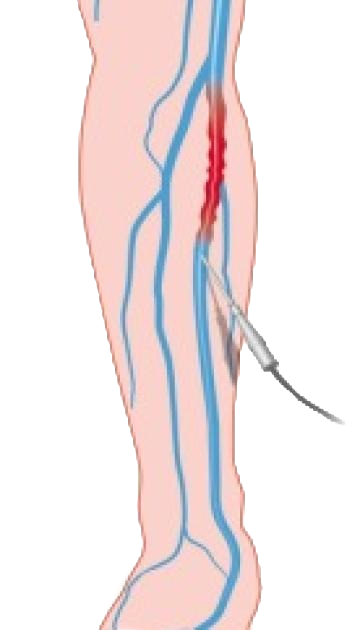
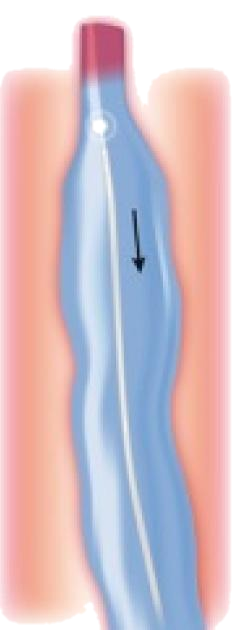
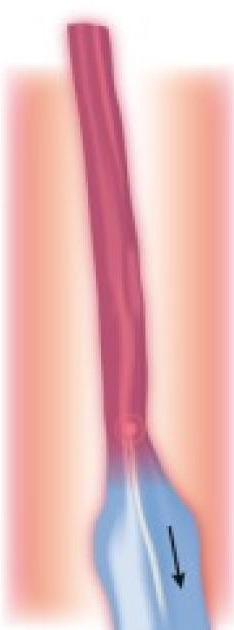
VenaSeal Sapheon Closure System
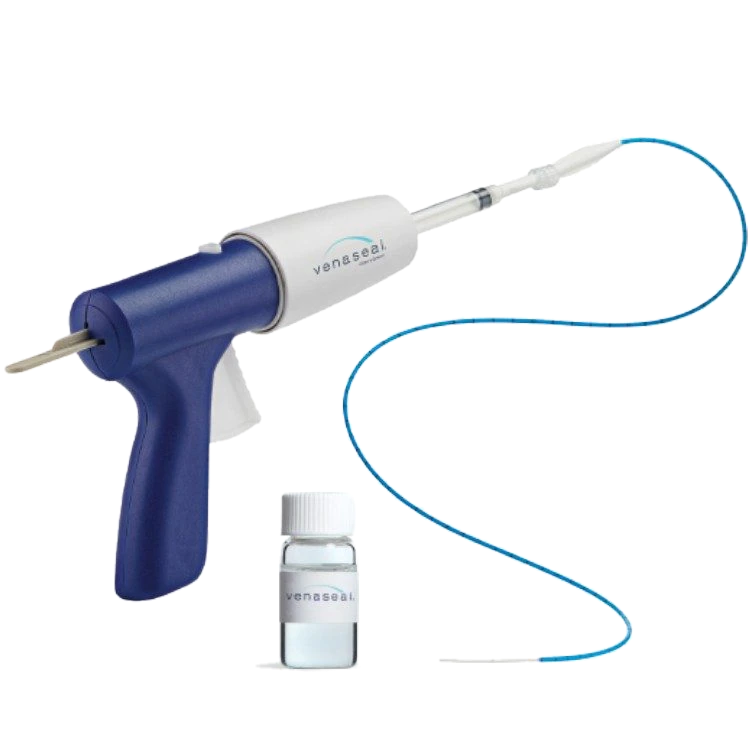
The VenaSeal sapheon closure system is a device used to close the saphenous veins in the leg by using medical grade adhesive.
- The process is similar to the EVLT treatment, regarding the process in which you gain access to the vein, but differs in the mode in which the vein is closed. Again, local anesthetic is used at the catheter insertion point, before an incision is made, and a sheath and catheter are entered into the vein. The glue is extracted into a syringe and placed into the VenaSeal “gun”, which attaches to one end of the catheter and helps to force the glue through the small tube. The catheter is then fed up through the vein, and the cyanoacrylate adhesive is dispensed into the vein. Pressure is applied following the glue being dispensed, to ensure the adhesive is activated. This process is repeated throughout the vein.
Associated Risks:
- 0.1% nerve damage
- <1% risk of DVT (Deep Vein Thrombosis)
- 5% risk of hypersensitivity
Device Used: Venaseal Sapheon Closure System
Sclerotherapy
Sclerotherapy describes a minimally invasive procedure that consists of a salt based solution being injected into a patient’s varicose veins, causing them to close shut.
- This is done by preparing the solution by aspirating the compound from their respective vials, and in some cases mixing them with others to dilute the concentration, or in other cases aerating the solution to produce a foam. The solution is then injected into the subjected vein, and these chemicals will induce spasms within the vein, causing it to close shut. Compression stockings are then applied to ensure the vein remains closed.
Associated Risks:
- Bruising
- Temporary skin discolouration
- Blood Trapping
- <1% of DVT (Deep Vein Thrombosis)
Device Used: 30 gauge needles, sclerotherapy solution
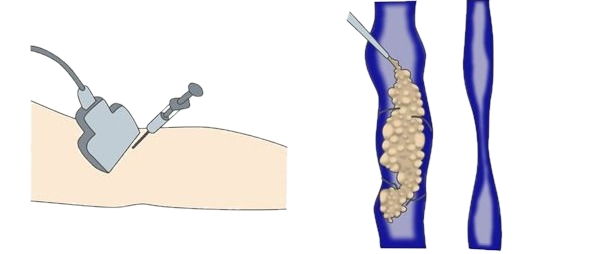
Conservative treatment options
Compression stockings
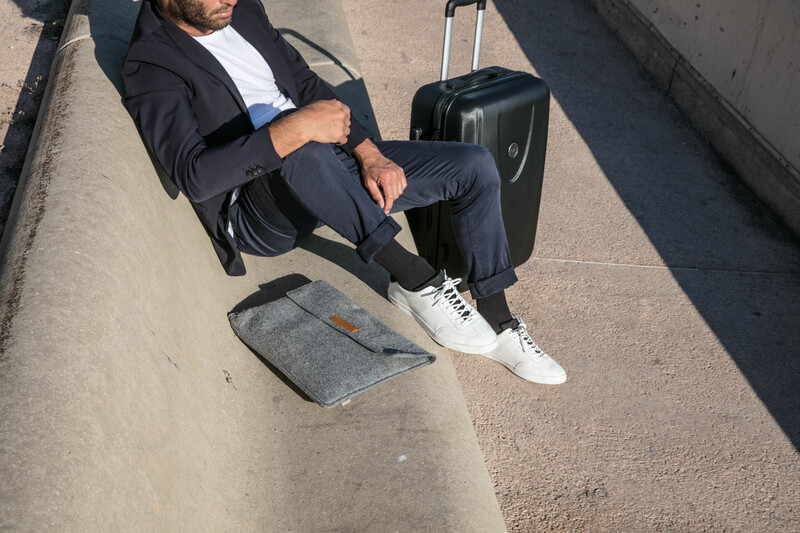
Compression stockings are a conservative management option for varicose veins, lymphedema, and lipedema. The Mechanism of action is the application of a a graduated compression from the ankles up the legs to help alleviate the common symptoms associated with these conditions.
These socks are available in a variety of different styles, colours and levels of compression.
We offer various compression stocking brands to choose from including Juzo, Mediven, and Sigvaris.
Venoactive Medications
Definition: Venoactive Medications refers to a group of medications that offer relief from the symptoms associated with chronic venous disease and varicose veins. These medications can be synthetically or naturally derived (ie bioflavonoids), and are generally ingested through pill form.
Associated Risks: Generally well tolerated. Please check with your physician prior to starting these medications.
Medications Offered: Venixxa
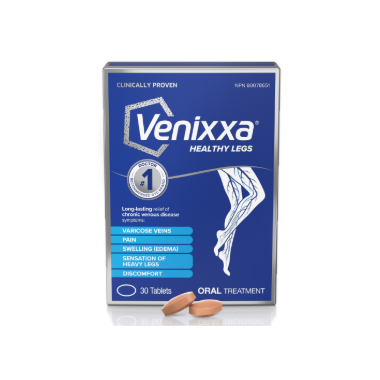
DISCLAMIER
The information provided is for informational purposes only and is not to replace professional medical advice, diagnosis, treatment or care. Always seek the advice of a physician or other qualified health provider concerning any questions you may have regarding the above information and any medical condition you believe may be relevant to you or to someone else. The above information is not exhaustive and does not cover all diseases, physical conditions or their treatments.
